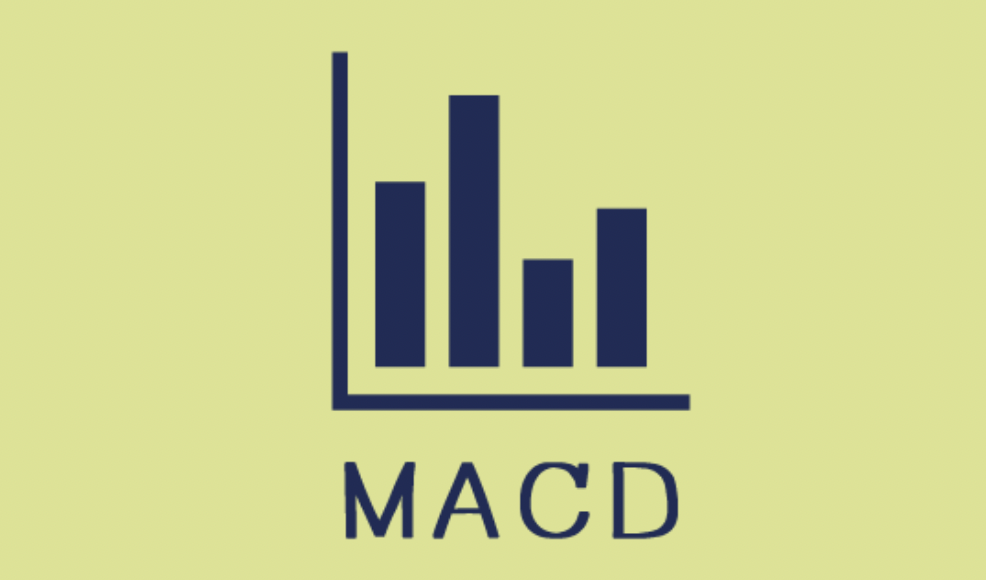
Aria Thomas
Mar 25, 2022 09:33

The moving average crossover strategy is designed to locate the middle of a trend. A trend is defined as price movement in which prices move in a certain direction over time. In general, trends are either upward or downward, while sideways movements are considered consolidation rather than trends. Capital markets trade in tight consolidative patterns around 70% of the time and trend just 30% of the time. With this in mind, it is critical to be able to recognize a trend and capitalize on it as soon as it becomes apparent.
Short-term moving averages may capture short-term patterns. A moving average is the average of a specified time, and when a new data point is added, the first period of the average is discarded. A moving average crossover strategy looks for instances when a short term moving average crosses above or below a longer term moving average to create a short term trend.
For example, if the 5-day moving average of USD/JPY prices crosses above the 20-day moving average of USD/JPY prices, a short term trend may be in place. One trading strategy may be to buy USD/JPY prices when the moving averages cross over, hoping to ride an upswing in the currency pair. An investor may try to capture up, down, and sideways movement by combining a short, medium, and long term moving average.
Longer moving averages are used to capture longer-term patterns in a financial market. When the 20-day moving average of gold prices crosses below the 50-day moving average, as seen in the gold chart, a medium term trend is deemed to be in place.
The notion of a moving average crossover is appealing, but a basic issue is that while the market is consolidating, a moving average crossover will provide a lot of false signals. Between April 2014 and April 2015, the 5 / 20 moving average crossover provided 5-signals that did not forecast a trend. This does not imply you would not have earned money trading this strategy, but you would not have seen a big upward (or negative) bias in the currency pair.
One method to improve a moving average crossover strategy is to include extra research that will sift out some of the misleading signals. For example, by adding a Bollinger band (developed by John Bollinger - this research helps form a histogram of prices above and below a mean level) to the 5 /20 crossover strategy, you can also assist in defining a range.
In the instance of the USD/JPY, you could only buy the currency pair when the 5-day moving average crossed the 20-day moving average and the exchange rate crossed above the Bollinger band high (2 standard deviations above the 20-day moving average) during an x-day period. The number of days (x) is subjective, although a duration of fewer than three days is desirable. By adding another layer, the strategy becomes more resilient, but also less common.

Mar 24, 2022 17:54

Mar 25, 2022 09:36